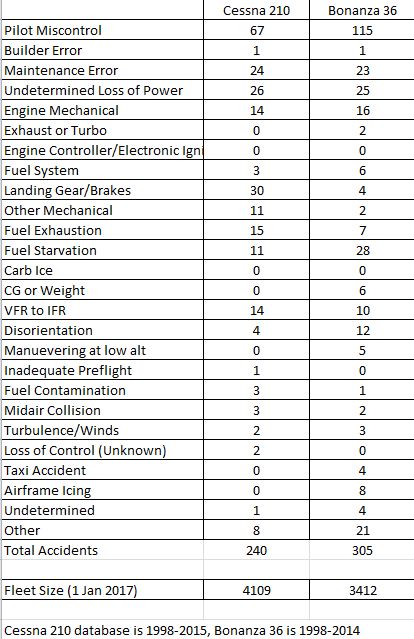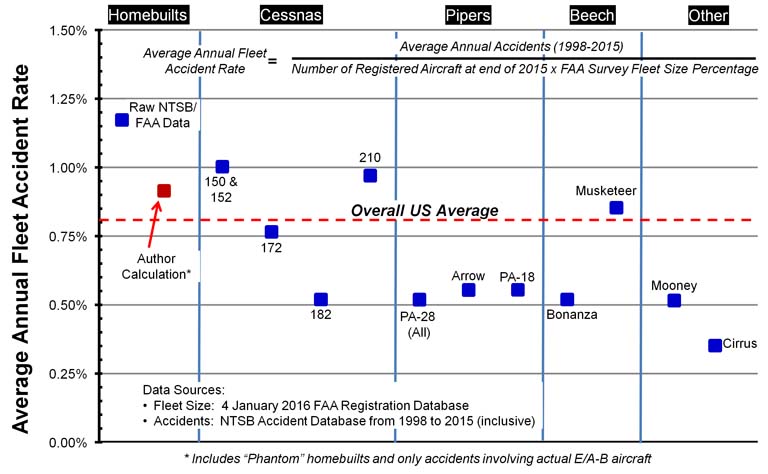James331
Ejection Handle Pulled
- Joined
- Apr 18, 2014
- Messages
- 20,309
- Display Name
Display name:
James331
Define landing gear issues, you also including the pilot not dropping the gear, or the gear not being maintained properly?
Come on guys, don't BS a BSer, you guys just made this so you could get a new plane "honey, we need to trade in our PA28 for a SR22, its like 300% safer, and you want is to be "safe" right"
Come on guys, don't BS a BSer, you guys just made this so you could get a new plane "honey, we need to trade in our PA28 for a SR22, its like 300% safer, and you want is to be "safe" right"



